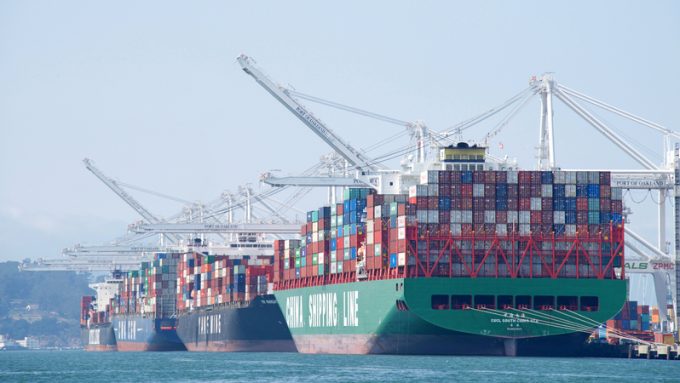Fortress SITC – liner shipping's insulated star performer
Is it a bird? Is it a plane? Nope, it’s a ship

The cellular fleet grew by 4.5% last year, to 24.97m teu, but capacity was cut on some routes as carriers re-deployed as much tonnage as they could on the more lucrative east-west tradelanes.
According to today’s Alphaliner data, the transpacific carriers deployed a further 1.3m teu of capacity on the Asia-North America trade last year than in 2020, a huge 31% increase in slots – albeit that about half the extra capacity was required to mitigate the impact of long wait ...
Trump tariffs see hundreds of cancelled container bookings a day from Asia
'Disastrous' DSV-Schenker merger would 'disrupt European haulage market'
'To ship or not to ship', the question for US importers amid tariff uncertainty
'Chaos after chaos' coming from de minimis changes and more tariffs
List of blanked transpac sailings grows as trade war heats up and demand cools
EC approves DSV takeover of DB Schenker
Shippers in Asia restart ocean shipment bookings – but not from China
Forto 'sharpens commercial priorities' as it lays off one-third of staff
India withdraws access for Bangladesh transhipments, in 'very harmful' decision
'Tariff hell' leaves industries in limbo – 'not a great environment to plan'
IndiGo fleet expansion plan will include a major push to boost cargo volumes
Pre-tariff rush of goods from US to China sees air rates soar, but not for long

Comment on this article